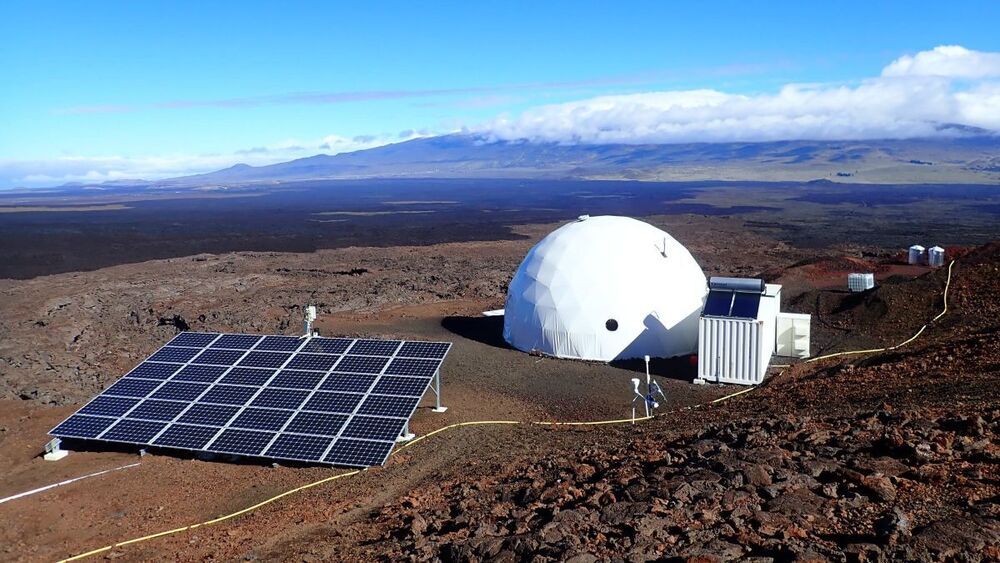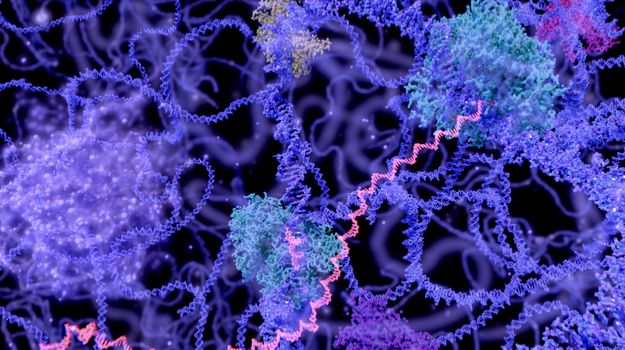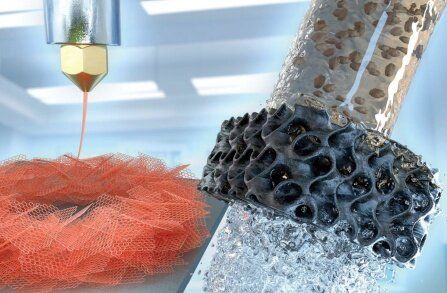Apr 29, 2021
New Blood Tests Should Show How Long A COVID-19 Vaccine Will Protect You
Posted by Poopeh Morakkabati in category: biotech/medical
It took many months and tens of thousands of volunteers to gather the data showing that the current crop of COVID-19 vaccines are safe and effective.
But what if new vaccines are needed to deal with dangerous variants of the coronavirus? Waiting months is not an attractive option.
So researchers are trying to come up with tests that can be performed using a blood sample that will determine not only whether a vaccine will work but also for how long.

















